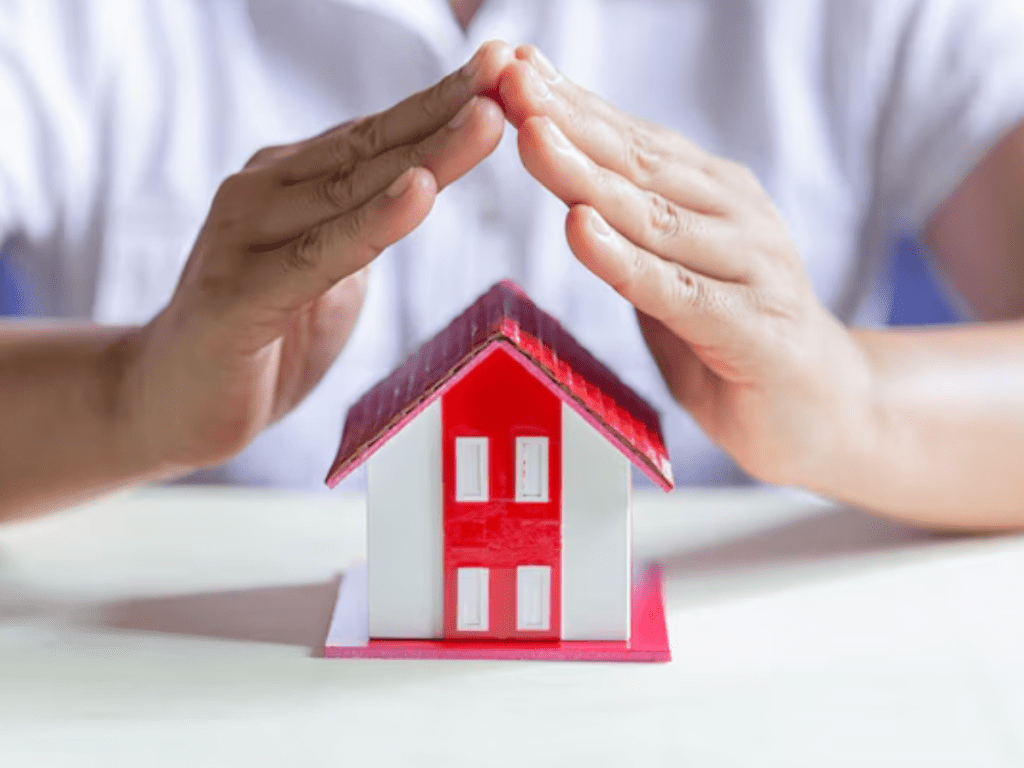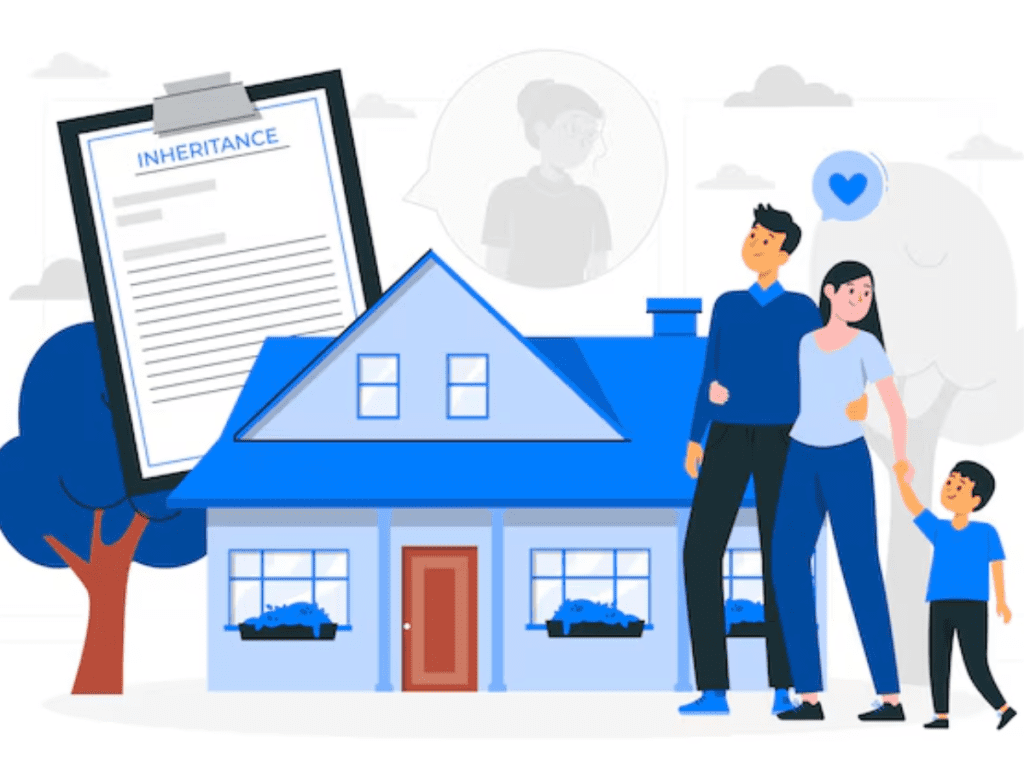Introduction
Home renovations can provide numerous advantages, including improving the look and usability of your home as well as adding value to your property. Renovations, however, can drastically impact your home insurance premiums as well. When you make small improvements or even large-scale remodeling work, it’s helpful to know how home improvements relate to insurance costs. Some renovations can increase your premiums, while others can save you money by mitigating risks related to your home. In this article, we will look at how different renovations can affect your home insurance premiums and what you need to think about before altering your property.
1. Understanding Home Insurance Premiums
Before looking at how home improvements affect your rates, let’s see what determines the cost of home insurance. Home insurance rates are calculated based on a number of key factors, such as:
- The value of your home: How much it would cost to rebuild your home in the case of a catastrophe is an important factor in determining your rates.
- Location of your home: If your home is located in an area prone to natural disasters like floods, earthquakes, or wildfires, your premiums may be higher.
- The condition of your home: Older homes or those with outdated systems (plumbing, electrical, etc.) pose higher risks, leading to higher premiums.
- Security features: Houses with advanced security systems, including alarms, cameras, and smart locks, can expect lower premiums as a result of lower risks of theft and loss.
When you renovate your house, it changes one or more of these factors, which can either raise or lower your premiums depending on the improvements.
2. How Home Renovations Affect Your Home Insurance
Renovations can alter the risk profile of your property, and insurers modify your premiums based on that. Here’s how different kinds of renovations can affect your home insurance premiums:
Enhanced Property Value
One of the most typical impacts of home renovations is an added market value of your property. When you add value or enhance your home, the rebuild cost of your property also goes up, which can lead to higher premiums. For instance, when you add new square footage to your property or remodel major components such as the kitchen or bathroom, the replacement value of the property will go up. With this increase in value, your insurer might be required to recalculate your policy to match the new, increased rebuilding cost.
It’s worth noting that the premium increase is tied directly to the appreciation of your home. You may wish to speak with your insurer about whether the increased value due to renovations necessitates a revised policy to cover you adequately in the case of loss or damage.
Upgraded Materials and High-End Features
Upgrades that involve luxury finishes or high-end materials, like marble countertops, custom cabinetry, or high-end flooring, can greatly increase the value of your home. Although these upgrades can make your property more beautiful and functional, they also raise the cost to rebuild or repair your home in the case of a claim.
If your improvements include enhancing the structural elements of your property, for example, replacing the roof, windows, or the foundation, these modifications might also lead to increased premiums. Not only do these enhancements enhance the value of the property but might also make it more resilient to specific risks, for instance, storms or fire. But the overall price of replacing such premium materials in the event of damage might still contribute to the premium hike.
Safety and Risk-Reducing Improvements
Not every renovation translates into increased premiums. Actually, some renovations can lead to lower insurance premiums by enhancing the safety and security of your residence. Most insurance providers are willing to reward homeowners by offering lower premiums for reducing risk, as these enhancements limit the potential for an insurance claim. Some of the most common safety-related upgrades that help lower your premiums include:
- Fitting fire-resistant materials: If you refurbish your home with fire-resistant roofing, siding, or flooring, you might lower the likelihood of fire damage, which would result in a lower premium.
- Replacing electrical systems: Replacing old electrical wiring or fitting new circuit breakers will lower the possibility of electrical fires, making your home safer and less hazardous to insure.
- Strengthening the frame: Installing support beams, hurricane straps, or other bracing structural elements in your house will make it more resistant to natural disasters, and thus reduce your premiums.
- Replacing a roof: A new, robust roof will minimize the likelihood of leakages and storm damage. When you upgrade an old roof with one that is more weather-resistant, your insurer may give you discounts.
By enhancing the resilience of your property, you reduce the likelihood of expensive claims, and insurers tend to reward these efforts with lower premiums.
Smart Home Upgrades and Security Features
Upgrades that improve your home’s security system can also reduce your premiums. Insurance providers tend to offer discounts for properties with advanced security features, including:
- Smart doorbell cameras that enable you to view your property remotely.
- Security cameras strategically placed at points of entry.
- Smart locks that enhance protection against burglary.
- Home alarm systems that trigger authorities in the event of intruder or fire.
A monitored security system can discourage burglars and lower property damage risks. The same applies to smart home devices such as smoke detectors, water leak detectors, and carbon monoxide sensors that will notify you of impending dangers before they turn into full-blown issues.
Increased Risk with Certain Renovations
While most renovations will decrease your premiums, some will bring with them new risks and increase your premiums. Certain renovations are deemed higher risk by insurers, especially if they involve installations or features that heighten the risk of accidents, damage, or liability claims. Some of these include:
- Hot tubs and swimming pools: Although these can be wonderful additions to your property, they pose safety risks, particularly to children and pets. Unless the pool is well fenced and cared for, your insurance company could increase your premiums because of the risk of accident or injury.
- Fireplaces or wood stoves: These may be a fire risk if not properly installed or serviced on a regular basis. Insurance firms may charge a higher premium if your house includes these additions, particularly if they don’t qualify under safety standards.
- Home businesses: Having a business in the home, for example, a daycare center, salon, or rental property, can also result in increased premiums because of the greater risk of liability. Insurers perceive the fact that there are business activities on the property as being at greater risk for claims, which contributes to increased expenses.
If you’re contemplating any of these upgrades, it’s wise to get in touch with your insurance company first to know how such upgrades might impact your policy.
Temporary Premium Increases During Renovation Projects
If you are doing major construction or renovation work, your premiums on home insurance could rise for a while. There are increased risks of damage, accidents, or injury involving the work at this time. This is especially so for major, more complex renovation work, where contractors could have access to your property and the risk of accidents might be greater.
Certain home insurance policies have limited coverage for ongoing renovations, so it’s essential to revise your policy prior to the start of the work. Ensure your policy has coverage for materials and equipment, as well as liability for workers or contractors who work on the project. Most insurance companies provide specialized endorsements or riders for covering renovations at this time.
Reevaluating Your Home’s Value Post-Renovation
After your remodeling is finished, it’s very important to get your house reappraised for its new value. Insurers usually ask that a property check or revised assessment be done following significant remodeling in order to properly cover your house for the correct replacement value. This reappraisal will also ensure that your home insurance covers the right things for any improvements or value-added features that may have resulted from the remodeling.
Remember that not notifying your insurer of changes in your property’s value may result in underinsurance. This is because, in the event of damage to your home, you may receive inadequate compensation to undertake full repair or rebuild costs.
Conclusion
Home improvements are an excellent method of maximizing the functionality, value, and safety of your property. However, these changes can have a significant impact on your home insurance premiums. Whether you’re increasing the value of your home, upgrading safety features, or reducing risks, it’s important to stay in communication with your insurance provider to ensure your policy is updated accordingly. By realizing how renovations interact with insurance premiums, you are able to make the right decisions regarding your home improvements while being cost- and risk-effective.
Never forget that home insurance premiums are not fixed—your insurer will reevaluate your premiums based on the property renovations. Remaining proactive in coverage management will be able to guard your investment while keeping your premiums as low-cost as possible.

